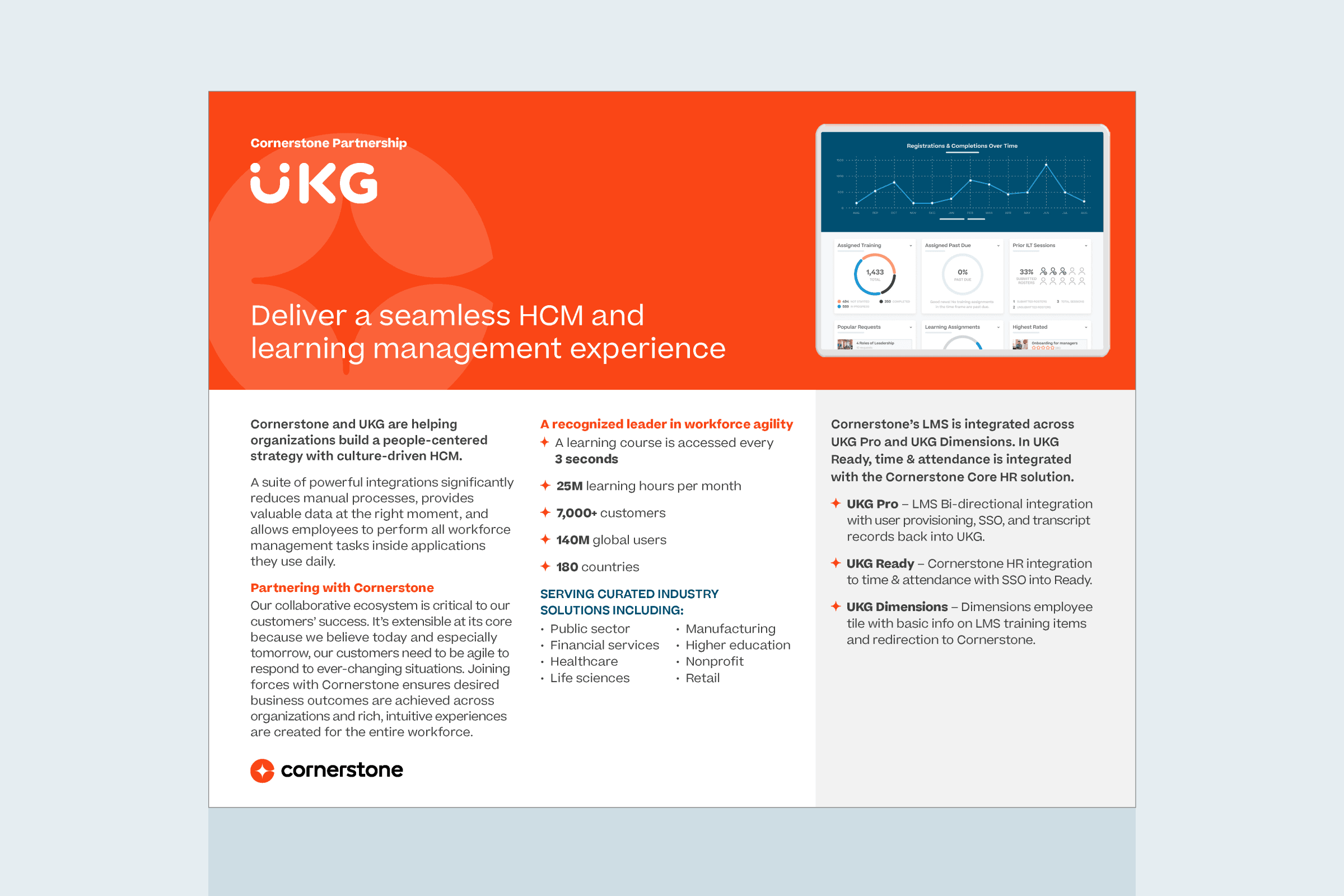Is human resources as a stand-alone function on the verge of extinction? Some theorists and academics think so, and they argue that modern metrics makes it easy to allocate traditional HR tasks among other business departments.
Carol Anderson, however, takes the opposite view. No matter how many robots, 3D printers and Internet-of-Things-enabled devices there are, human capital is still — and will always be — a company's greatest asset, she argues. To continue to provide value, HR jobs will evolve. Here, she identifies five emerging roles that HR leaders of tomorrow will play:
- Strategic investor: HR cannot be everything to everyone. It must learn to deliver work where it adds value and continuously measure that delivery.
- Relationship facilitator: In addition to developing trust with each department, HR needs to facilitate relationship building up and down levels, across business units and with the community at large.
- Developer of people: HR is responsible for developing workforce talent, but what about internal training? Don't neglect HR skill development.
- Risk manager: HR has the opportunity to build capability in the leadership team and commitment in the workforce, instead of getting bogged down with policies that prevent misbehavior.
- Technology geek: Anyone in HR must provide credible business intelligence by being well versed in technology systems, data integrity, process improvement and analytics.
Tell us what you think. Which hats will your HR team wear in the future?
Read more on The Human Capitalist
[Image via CanStock Photo]


